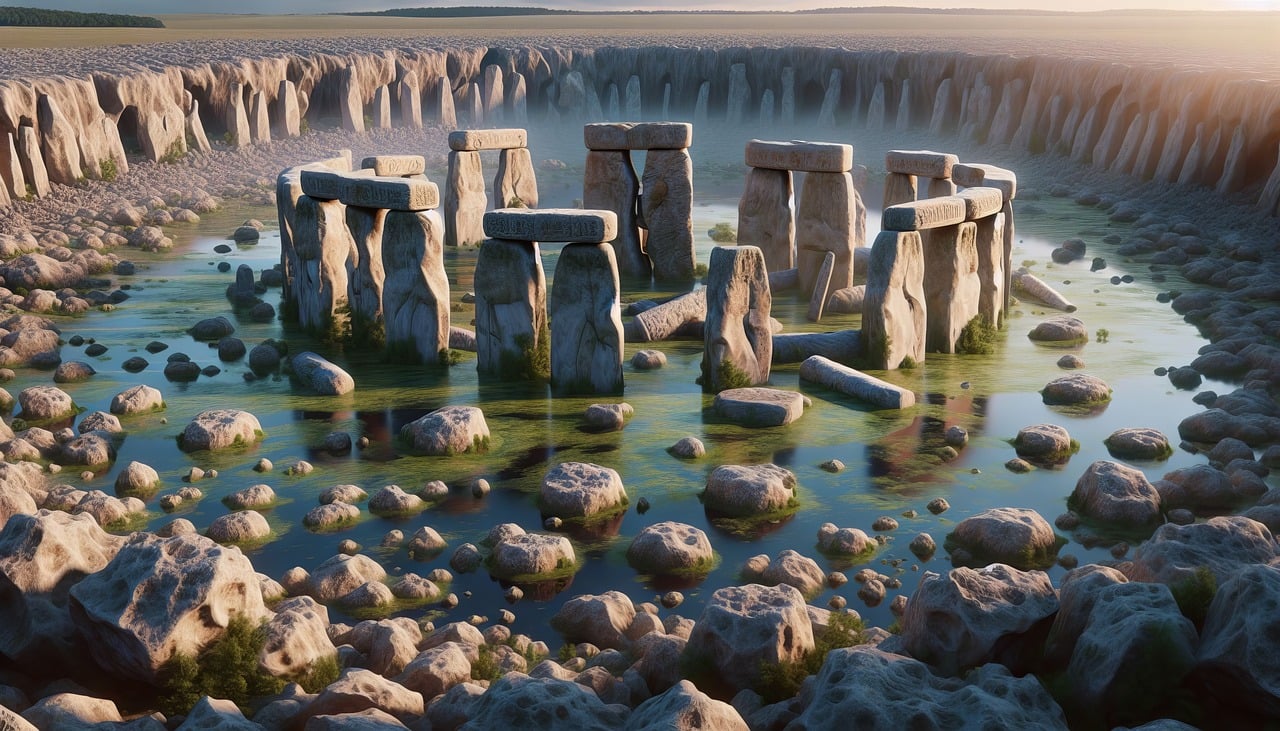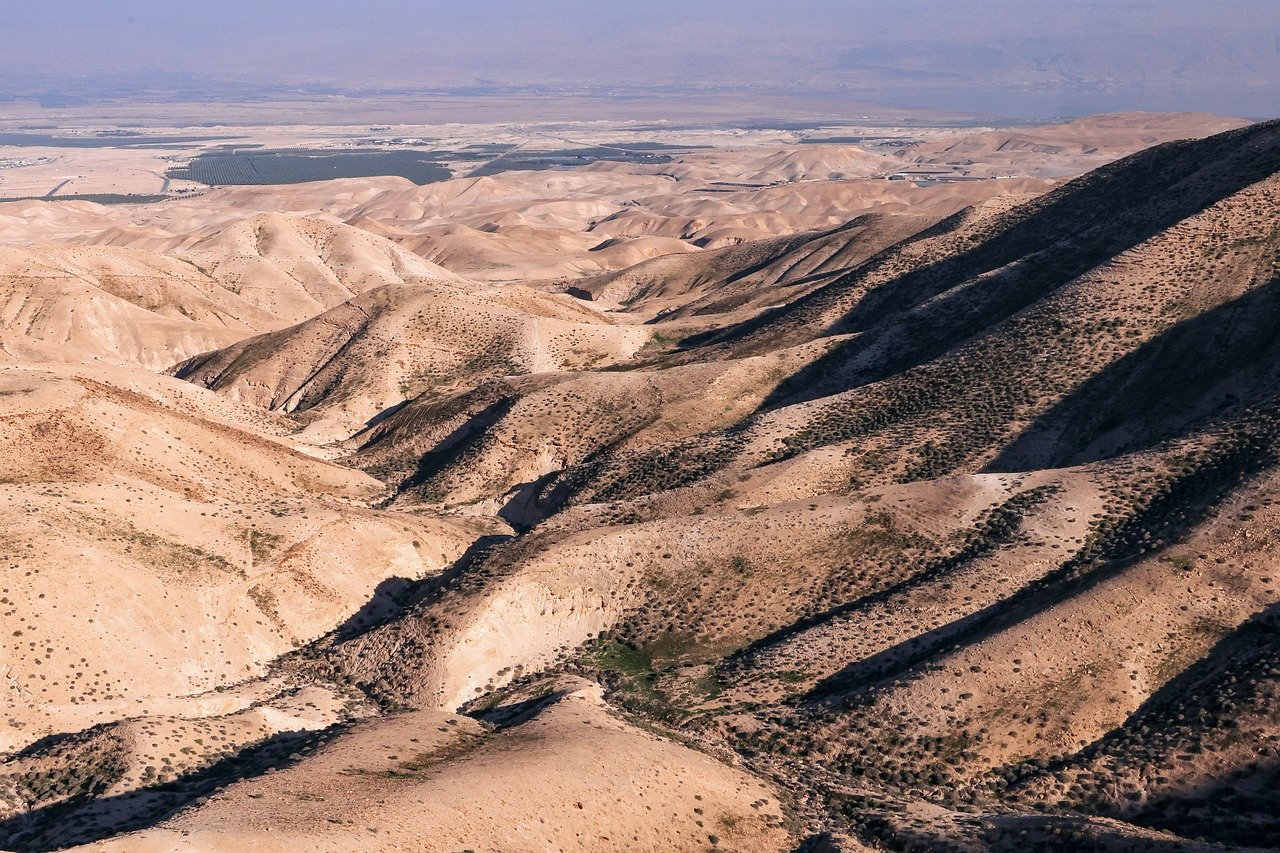Brazil‘s Breathtaking Architectural Wonders: From Colonial Towns to Futuristic Cities
Brazil is a country rich in cultural diversity and natural beauty, but its architectural wonders are equally captivating. From the cobblestone streets and baroque churches of colonial towns to the sleek, innovative designs of futuristic cities, Brazil offers an architectural journey like no other. This guide will take you through some of the most stunning architectural sites in Brazil, highlighting their historical significance and modern ingenuity.
The Charm of Colonial Architecture
Brazil’s colonial heritage is a testament to its complex history, characterized by the blending of indigenous, African, and European influences. The colonial towns of Ouro Preto and Paraty are perfect examples of this fusion, offering visitors a glimpse into Brazil’s past.
Ouro Preto: A Journey Back in Time
Nestled in the hills of Minas Gerais, Ouro Preto is a UNESCO World Heritage site renowned for its baroque architecture. The town’s iconic structures, such as the Church of São Francisco de Assis, are masterpieces crafted by the renowned artist Aleijadinho. Walking through Ouro Preto’s narrow streets, visitors are transported back to the 18th century, when the town was a bustling gold mining center.
Paraty: A Colonial Gem by the Sea
Located on the Costa Verde, Paraty is a beautifully preserved colonial town known for its whitewashed buildings and cobblestone streets. The harmonious blend of Portuguese colonial architecture with the surrounding natural beauty makes Paraty a must-visit destination. The town’s historic center is largely unchanged, offering an authentic experience of Brazil’s colonial past.
Modern Marvels: Brazil’s Futuristic Architecture
While Brazil’s colonial architecture offers a window into its past, its modern structures are pushing the boundaries of design and innovation. Cities like Brasília and São Paulo are at the forefront of this architectural revolution.

Brasília: A Planned Modernist Masterpiece
Brasília, the capital of Brazil, is a city like no other. Designed by the visionary architect Oscar Niemeyer and urban planner Lúcio Costa, Brasília is a UNESCO World Heritage site known for its futuristic design and unique urban planning. The city’s layout, resembling an airplane, is a testament to modernist ideals. Key landmarks include the Cathedral of Brasília, with its striking hyperboloid structure, and the Palácio da Alvorada, the official residence of the President of Brazil.
São Paulo: A Hub of Architectural Innovation
São Paulo is a bustling metropolis that serves as a beacon of contemporary architecture. The city’s skyline is dotted with innovative structures that reflect its role as a hub of economic and cultural activity. The São Paulo Museum of Art (MASP), designed by Lina Bo Bardi, is a stunning example of modernist architecture, with its glass and concrete structure suspended over a public plaza. Another notable structure is the Copan Building, a sinuous residential building designed by Oscar Niemeyer, which has become an iconic symbol of the city.
Blending Past and Present: The Unique Architecture of Salvador
Salvador, the capital of Bahia, offers a unique blend of colonial and modern architecture. Known for its Afro-Brazilian culture, Salvador’s architecture reflects the city’s vibrant history and diverse influences.
The Historic Center: A Cultural Melting Pot
Salvador’s historic center, Pelourinho, is a UNESCO World Heritage site characterized by its colorful colonial buildings and cobblestone streets. The area is home to numerous baroque churches, such as the Church of São Francisco, renowned for its ornate gilded interior. The vibrancy of the architecture is matched by the lively cultural scene, with music and dance performances frequently taking place in the streets.
Modern Influences: A City on the Rise

Beyond its historic center, Salvador is also embracing modern architecture. The city’s skyline is evolving with new developments and innovative designs that complement its rich cultural heritage. The Arena Fonte Nova, a stadium used during the 2014 FIFA World Cup, is a striking example of contemporary design that blends functionality with aesthetic appeal.
Conclusion: A Journey Through Brazil’s Architectural Landscape
Brazil’s architectural wonders offer a compelling narrative of the country’s history, culture, and aspirations. From the colonial elegance of Ouro Preto and Paraty to the futuristic vision of Brasília and São Paulo, each structure tells a story of innovation and tradition. As Brazil continues to evolve, its architectural landscape will undoubtedly expand, offering new opportunities to explore the country’s rich and diverse heritage. For those passionate about architecture and travel, Brazil is a destination that promises to inspire and captivate.
Whether you’re wandering through the historic streets of Salvador or marveling at the modernist designs in Brasília, Brazil’s architecture is a testament to its dynamic and multifaceted identity. To explore more about the architectural heritage of Brazil, consider visiting the Lonely Planet guide to Brazil, which offers detailed insights and travel tips for architecture enthusiasts.
The Influence of Indigenous and Afro-Brazilian Cultures on Architecture
While the colonial and modernist movements have significantly shaped Brazil’s architectural landscape, indigenous and Afro-Brazilian influences have also left a lasting impact. These cultural elements add depth and diversity to the country’s architectural narrative.
Indigenous Architecture: A Connection to Nature
Indigenous architecture in Brazil is deeply intertwined with the natural environment. Traditional structures, such as the oca and maloca, are designed using locally sourced materials like wood, straw, and palm leaves. These structures are not only environmentally sustainable but also reflect the indigenous communities’ harmonious relationship with nature. The influence of indigenous architecture can be seen in some of the contemporary eco-friendly designs found in urban areas today.

Afro-Brazilian Contributions: A Rich Cultural Heritage
The Afro-Brazilian community has contributed significantly to Brazil’s cultural and architectural identity, particularly in regions like Bahia. The use of vibrant colors, intricate ironwork, and religious iconography in architecture reflects the traditional African aesthetic. The Afro-Brazilian architectural revolution is also evident in public spaces and homes, where elements like courtyards and altars are commonplace, embodying the spiritual and communal values of the Afro-Brazilian culture.
Exploring Brazil’s Architectural Wonders: Travel Tips
For travelers eager to explore Brazil’s architectural wonders, a few tips can enhance the experience and ensure a memorable journey.
Best Time to Visit
The ideal time to visit Brazil for architectural tours is during the dry season, which typically runs from May to September. During this period, the weather is more predictable, making it easier to explore both urban and rural areas.
Guided Tours and Local Insights
Joining a guided tour can provide valuable insights into the historical and cultural significance of Brazil’s architectural sites. Local guides often share stories and lesser-known facts that enrich the experience. In cities like Brasília and Salvador, specialized architecture tours are available, offering a deep dive into the design and history of key landmarks.
Respecting Cultural Sites
When visiting religious and cultural sites, it’s important to respect local customs and traditions. Many churches and historic buildings have specific guidelines for visitors, such as dress codes and photography restrictions. Being mindful of these rules ensures a respectful and enjoyable visit for everyone.
Conclusion: The Future of Brazilian Architecture

As Brazil continues to embrace innovation and sustainability in its architectural practices, the future promises to be as vibrant and diverse as its past. Emerging architects are increasingly focused on creating designs that honor the country’s rich cultural heritage while addressing modern challenges like urbanization and environmental sustainability.
Brazil’s architectural journey is a testament to the country’s resilience and creativity. From the past to the present, each structure reflects a unique chapter in Brazil’s story, inviting travelers to discover and celebrate the diverse influences that have shaped this remarkable nation. For more insights into Brazil’s architectural evolution, consider exploring resources like the ArchDaily Brazil section, which highlights contemporary projects and architectural trends in the country.
Preserving Brazil’s Architectural Heritage
Preservation efforts are vital in maintaining the integrity and beauty of Brazil’s architectural wonders. Several organizations and government initiatives are dedicated to conserving both historic and modern structures, ensuring they remain for future generations to appreciate.
Government Initiatives and UNESCO
The Brazilian government, in collaboration with international bodies like UNESCO, has implemented numerous programs to protect its architectural heritage. These initiatives focus on restoration projects, providing funding and technical assistance to preserve the structural integrity and aesthetic value of historical sites. UNESCO’s designation of sites like Ouro Preto, Brasília, and Paraty as World Heritage sites helps raise awareness and attract resources for their preservation.
Community Involvement
Local communities play a crucial role in preservation efforts. Engaging residents in conservation projects not only empowers them but also ensures that the cultural significance of each site is respected and maintained. Community-led initiatives, such as workshops and educational programs, foster a sense of ownership and pride, encouraging ongoing participation in preservation activities.

Challenges in Preservation
Despite these efforts, preserving Brazil’s architectural heritage faces several challenges. Urban development pressures, environmental factors, and limited funding can threaten the sustainability of conservation projects. However, innovative approaches and international collaboration continue to address these issues, highlighting the importance of sustainable practices in architectural preservation.
The Role of Architecture in Brazilian Identity
Architecture in Brazil is more than just buildings; it is a reflection of the country’s identity, showcasing its history, culture, and aspirations. Through its architecture, Brazil tells a story of resilience, diversity, and creativity.
A Symbol of Cultural Fusion
Brazil’s architectural landscape is a testament to its cultural fusion, where indigenous, African, and European influences converge to create something uniquely Brazilian. This blend is evident in the country’s diverse architectural styles, from the baroque churches of the colonial era to the bold forms of modernist creations.
Inspiring Future Generations
The architectural achievements of Brazil serve as an inspiration for future generations of architects and designers. By studying the innovative techniques and creative solutions employed in Brazil’s iconic structures, aspiring architects can learn valuable lessons in balancing tradition with modernity, and functionality with aesthetics.
An Ongoing Journey
As Brazil continues to evolve, its architecture will undoubtedly play a crucial role in shaping its future. New projects and developments will reflect the changing needs and values of Brazilian society, while also preserving the rich heritage that defines the nation.
In conclusion, exploring Brazil’s architectural wonders offers a fascinating insight into the country’s past, present, and future. Whether you’re an architecture enthusiast or a curious traveler, Brazil’s diverse and dynamic architectural landscape promises a journey of discovery and inspiration. For those planning a visit, resources such as the Time Out Brazil guide can provide valuable tips and recommendations to enhance your exploration of Brazil’s architectural treasures.










